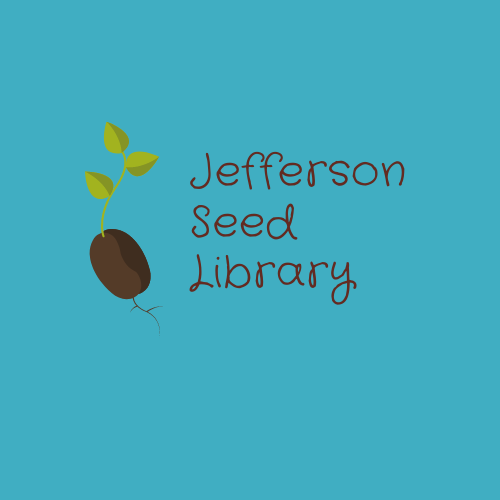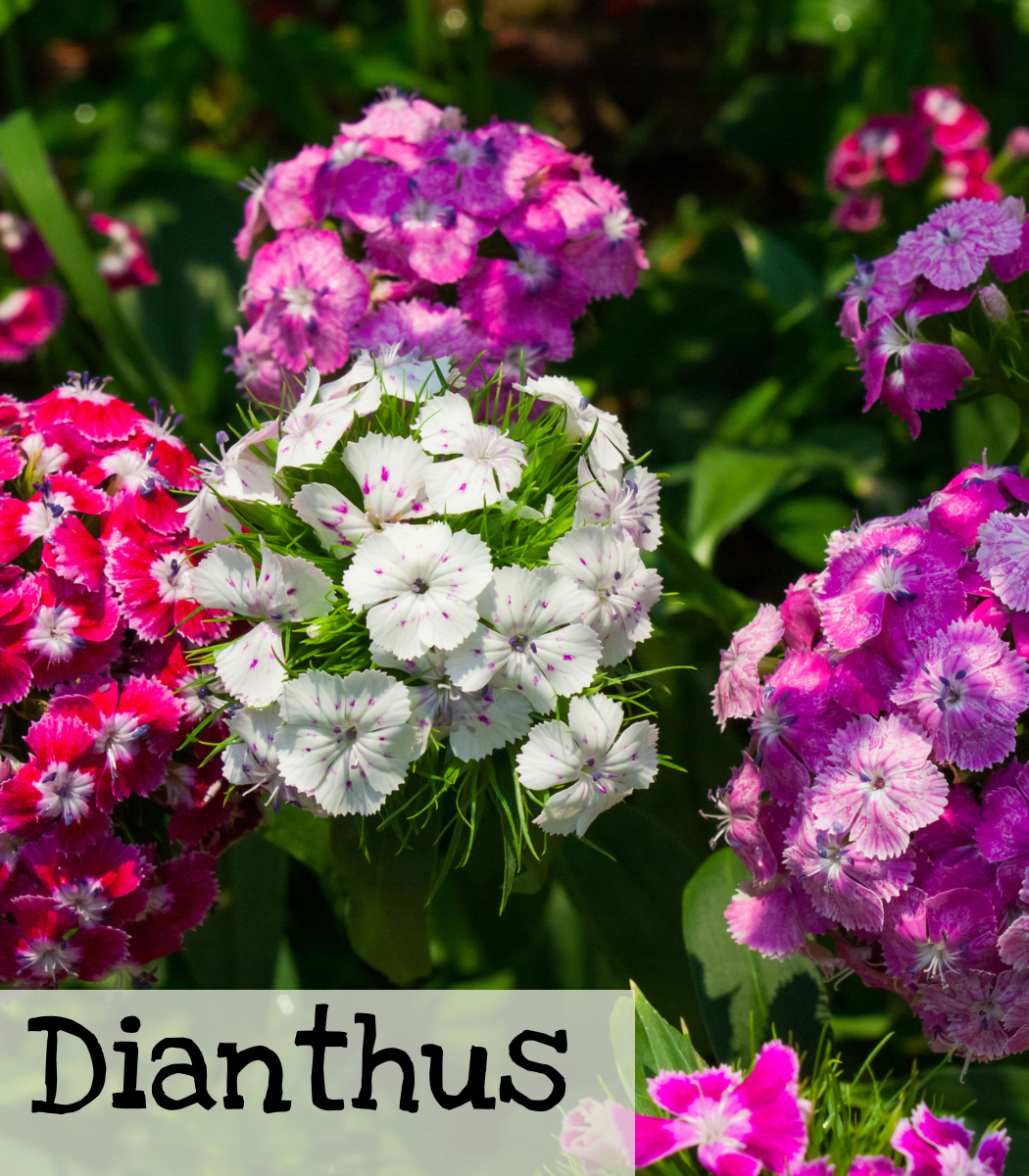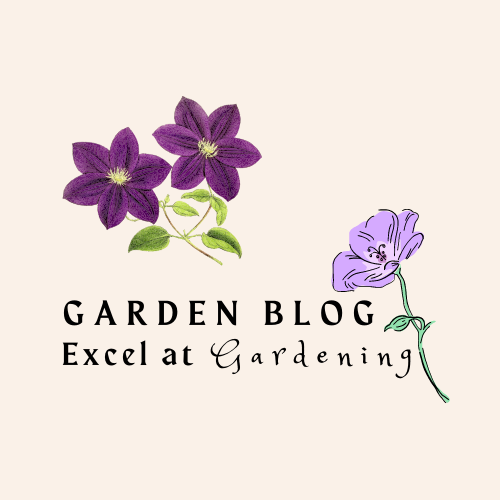
Dianthus
Attractive to pollinators, dianthus comes in many colors. This flower includes both carnations and sweet william. Many dianthuses can be used as a ground cover. These biennials bloom in the 2nd year and will reseed themselves to create continuous blooms year after year!
|
Arctic Fire Carnation–out of stock |
|
Artic Fire: Dianthus deltoides Other varieties may have a different scientific name (Carnation) Dianthus caryophyllus |
|
Easy |
|
Intermediate |
|
3-5 years if properly stored |
|
Biennial |
|
5-12 days |
|
None |
|
1/8” |
|
8” |
|
Full to partial sun. |
|
2nd year after planting |
|
February, March, April and May |
|
Yes No for carnation. |

Growing Tips


3 plants per 16” container
When to Start
Start indoors: 6-8 weeks before the last frost date. (Mid-Feb – Mid-Mar for Jefferson, GA)
Transplant: After the danger of frost has passed. (May 1 for Jefferson, GA)
Direct Sow: After the danger of frost has passed. (May 1 for Jefferson, GA)
How to Start
Start indoors 6-8 weeks before the last frost date. Sow into seed cells to a depth of 1/8”. Place under grow lights. Transplant after hardening off and all danger of frost has passed. When transplanting, make the hole twice as big as the root ball and only cover the roots with soil. Water immediately following planting.
Or direct sow after the danger of frost has passed. Sow seeds to a depth of 1/8’’ and thin or space plants 6-12’’ apart. Dianthus is a biennial and will bloom in the second year. You can remove the plant after it blooms as it is ugly in the third year or let it reseed for continual plants.
Care
Dianthus likes full to partial sun and well-draining soil. It requires approximately 1 inch of water weekly. The soil should remain moist but not become waterlogged or muddy. Mulch to 2 inches.
Dead-head plant to encourage more blossoms. But leave some to allow the plant to reseed and to save the seeds. Add a fresh 1-inch layer of compost in spring, during the second year, when new growth begins. Replenish the mulch to maintain a 2-inch layer. Flowers bloom in spring and summer.
Seed Saving

Isolation Distance
Insect dependent for pollination. Isolate 1/4 mile to prevent cross-pollination.
Instructions
Select healthy, robust plants free of any signs of disease or insect infestation for seeds. Seeds carry the traits of the parent plant. Choose plants that exhibit the traits you wish to preserve. Consider bloom size, color, and shape, as well as blooming time.
Allow the biggest and healthiest blooms to mature on the plant. Cover the seed head with a fine-mesh bag as soon as the flower petals shrivel and die. Use an elastic band to hold the bag in place. This prevents seeds from spilling onto the soil before harvest.
Clip the flower head from the main stem once the seeds are dry and dark. Separate plant debris from the seeds by removing the mesh bag and placing the flower head in a paper bag and shaking to loosen the seeds. Seeds settle to the bottom of the bag. Remove plant debris by hand.
Features
- Attracts pollinators and hummingbirds
- Good cut flowers
- Deer resistant
- Drought tolerant
- Container friendly
- Easy maintenance
- Arctic Fire: Pure white flowers with a magenta ring. They are low, spreading, and great for ground covers.

The carnation, Dianthus caryophyllus, is an edible flower. The petals have a slightly spicy, clove-like flavor. Add chopped carnation flowers to rice dishes or salads. Whole blooms may be simmered with sugar and water to make carnation syrup.
Sources:
Edible Flowers: how, why and when we eat flowers by Monica Nelson
Gardenguides.com
Starting & Saving Seeds by Julie Thompson-Adolf
Edenbrothers.com
